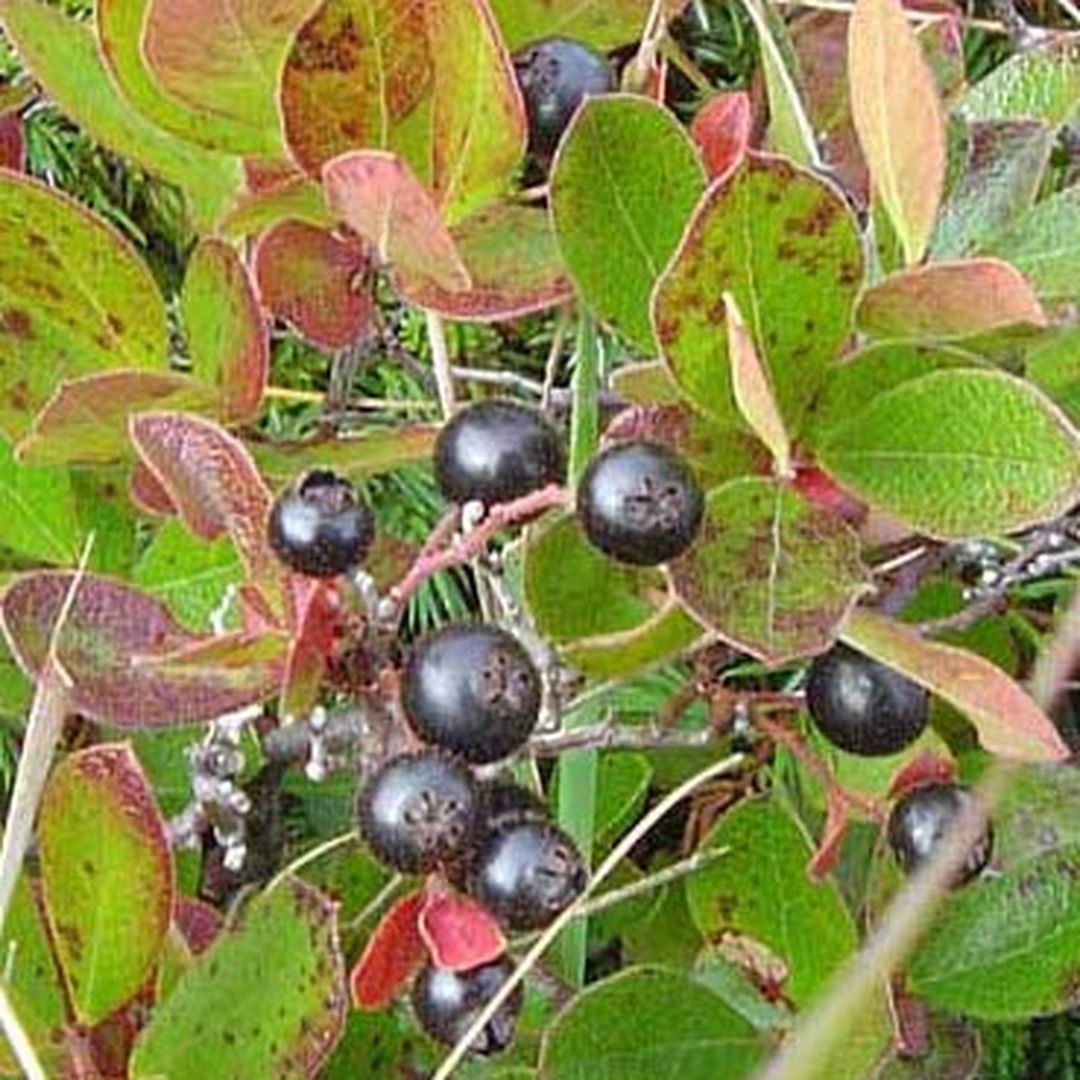Box Huckleberry
The Blueberry Twin
February 3, 1941
On this day, The Daily Republican out of Monongahela, Pennsylvania, published a tiny snippet about the Box Huckleberry (Gaylussacia brachycera).
“In Tuscarora Forest, Perry county, there is a large box huckleberry bush considered the largest on earth.
In 1846, Dr. Asa Gray, the famous Harvard botanist, wrote the first description of the bush, which covers hundreds of square feet of earth. Experts estimate its age to be about 12,000 years, five times as old as the big California trees.”
Today, that massive colony of Box Huckleberry still lives in the Tuscarora Forest (I checked). It’s listed on the Pennsylvania Department of Conservation and Natural Resources website. They thoughtfully include a Hoverter and Sholl Box Huckleberry Natural Area Trail Guide (PDF) on their website.
Speaking of websites, I love what Zoe Bommarito wrote about the western Huckleberry species in a post on the National Forest Foundation website:
“Coming from the Midwest, I heard about huckleberries as a child – but I had never eaten one, or even seen a huckleberry for that matter. They don’t grow in Michigan.
When I moved to Missoula, Montana, I began to hear about these iconic berries. People are obsessed. Driving through Montana, I guarantee you’ll see at least a couple of roadside signs advertising huckleberry milkshakes. I thought everyone was crazy.
I soon learned that huckleberries are in my own backyard — they’re abundant in our National Forests. These delicious, sought-after, and magical berries are available to you on our public lands.Huckleberries are small red and purple berries related to both blueberries and cranberries. Smaller than a blueberry and sweeter than a cranberry, many believe that huckleberries are the best of both worlds. Huckleberries come from a shrub-like plant that grows in the underbrush of forests. More than twelve species of huckleberries are found throughout Pacific Northwest forests.”
And here are a few additional points about the Huckleberry.
Many gardeners think blueberries and huckleberries are interchangeable - but this is not the case. Although you can’t tell by color alone, since some huckleberries are blue and some blueberries are almost purple, you can distinguish them by the seeds. Blueberries have lots of itty-bitty seeds in their pulp, while Huckleberries have exactly ten tiny seeds.
The etymology of the word Huckle refers to an old word for joint or hip because of the Huckleberry plant’s stems. The handles on a coffin are often called Huckles - so when you carry a coffin, you are a Hucklebearer - or pallbearer.
And the phrase, “I'm your huckleberry,” lets someone know you’re just the person for the job.
And don’t forget that Tom Sawyer's friend was Huckleberry Finn.
Huckleberries love to grow on the forest floor in acidic soil - they feel right at home under a fir or pine canopy. Although plenty of gardeners have tried to grow Huckleberries from seed, their attempts didn’t yield fruit. To this day, Huckleberry plants have never been reliably cultivated.
Thus, Huckleberries are still harvested the old-fashioned way: foragers pick them. And the laborious foraging is precisely why Huckleberries are so expensive; they sell for double-digits - over $10 a pound.
This post was featured onThe Daily Gardener podcast:
helping gardeners find their roots,
one story at a time






